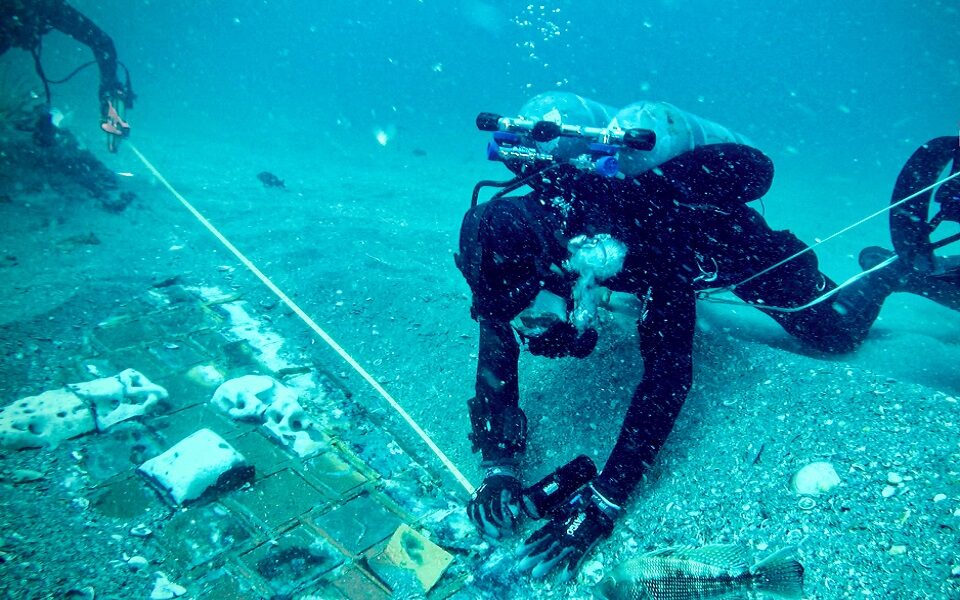The tragedy with NASA's space shuttle occurred in 1986 when the Challenger exploded a few minutes after its launch
Divers filming documentaries in a sea area off the U.S. state of Florida accidentally found on the seabed, half-buried in the sand, a section of the U.S. space shuttle Challenger that had exploded and become pieces shortly after its launch in 1986.

Divers explored the seabed as part of a History Channel documentary titled "The Bermuda Triangle: In the Cursed Waters", about the mysterious disappearance of planes and ships in this area (it will premiere on November 22).
And while searching for an American World War II rescue warplane that had disappeared on 5/12/1945, they stumbled upon a much more modern find, measuring about 4.5 by 4.5 meters, which bore NASA's signature insignia.
It is the first time in 25 years that a section of the space shuttle that had been destroyed has come to light, killing seven astronauts and shocking American and international public opinion at the time.
NASA chief Bill Nelson said consideration is being given to whether an attempt will be made to retrieve the find to honor the memory of the wronged astronauts.
The Tragedy of the Challenger
The Challenger had suddenly been engulfed in flames during its ascent phase, just 73 seconds after its 25th launch from the Kennedy Space Center on 1/28/1986.
Subsequent investigations attributed the damage to material damage combined with very cold environmental conditions. The fatal incident remains one of the worst disasters in the history of the U.S. space program.
The U.S. had then, searching for seven months, found on the seabed 167 pieces of the space shuttle, totaling 118 tons, almost half of the Challenger.
The part found by the divers is among the largest that have been identified. All of the Challenger's pieces remain the property of the U.S. government.



